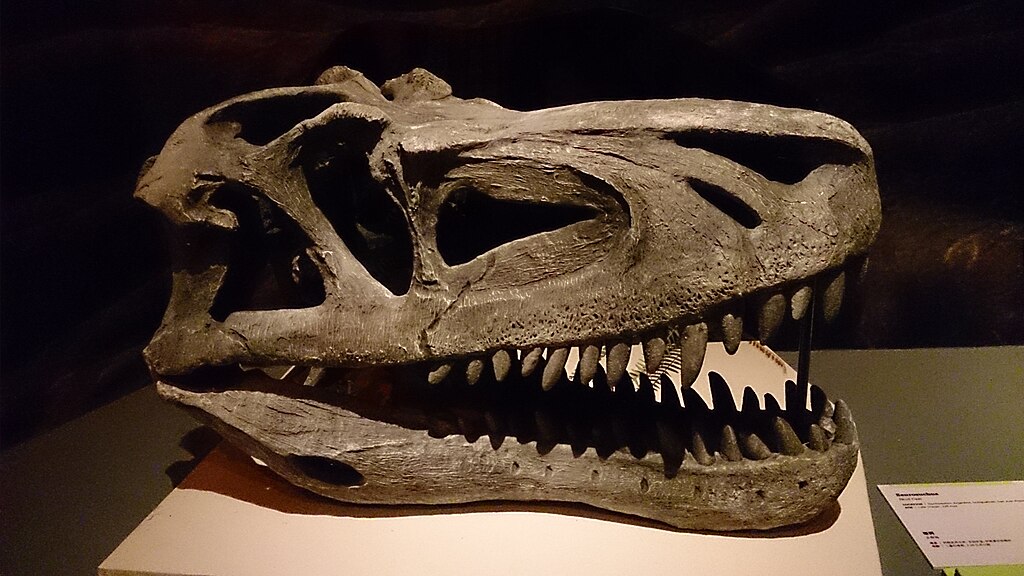Dinosaurs have captivated human imagination since their fossils were first discovered. While we’ve made tremendous advances in understanding their anatomy, behavior, and evolution, certain aspects of their biology remain shrouded in mystery. Among these enigmas are questions about their ocular capabilities and expressions: Could dinosaurs wink playfully at each other? Did they blink to protect their eyes? Were they capable of shedding tears? This article delves into the fascinating world of dinosaur eyes and facial expressions, examining what science can tell us about these extinct creatures’ capacity for blinking, winking, and crying.
The Anatomy of Dinosaur Eyes

Dinosaur eyes varied considerably across different species, reflecting their diverse evolutionary adaptations. Paleontologists have determined that many dinosaurs possessed large eyes relative to their skull size, particularly in predatory species that relied on keen vision for hunting. Through fossil evidence and comparisons with living relatives, scientists believe that dinosaur eyes shared structural similarities with modern reptiles and birds. Most likely, dinosaurs had a cornea, iris, lens, and retina, though the proportions and specific adaptations would have varied based on their ecological niches. Predatory dinosaurs like Velociraptor likely had forward-facing eyes providing binocular vision, while herbivores such as Triceratops probably had eyes positioned on the sides of their heads to provide a wider field of view for spotting predators. This eye anatomy gives us the foundational understanding needed to explore their capacity for blinking, winking, and crying.
The Evolutionary Context of Blinking

Blinking serves critical functions in modern vertebrates, primarily protecting the eye from foreign objects and distributing tears to keep the cornea moist. This behavior evolved very early in vertebrate evolution and is present in most animals with eyelids. Modern reptiles, birds, and mammals all blink, though with different mechanisms and frequencies. Crocodilians and birds, the closest living relatives to dinosaurs, both possess eyelids and the ability to blink. This evolutionary continuity strongly suggests that dinosaurs, positioned between these groups on the evolutionary tree, likely possessed similar capabilities. The common ancestor of dinosaurs and these modern groups almost certainly had eyelids and the ability to blink, making it highly probable that dinosaurs inherited these traits. Understanding this evolutionary context provides compelling evidence that blinking was indeed part of the dinosaur’s ocular repertoire.
Evidence from Dinosaur Skull Fossils
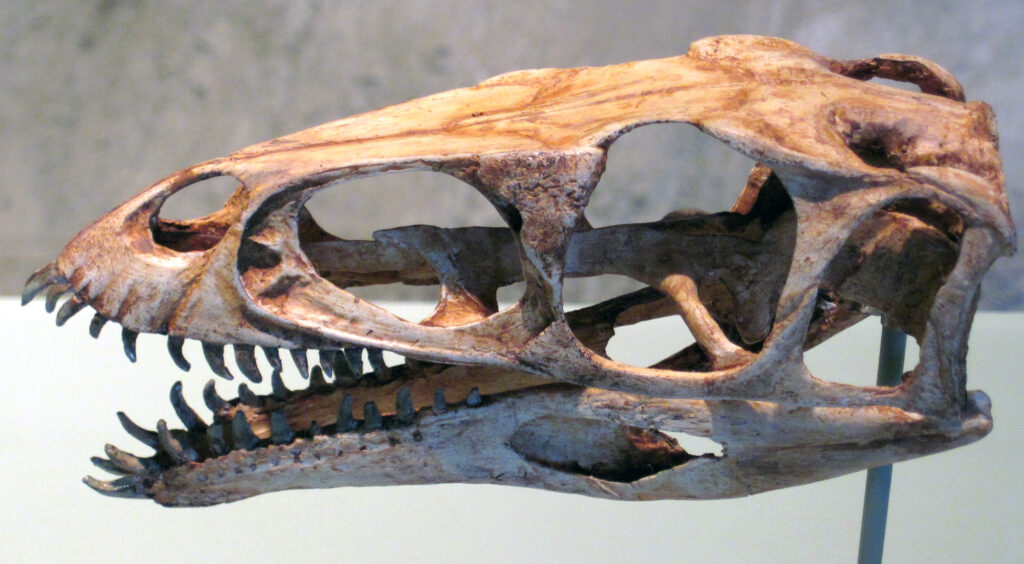
While soft tissues rarely fossilize, dinosaur skull fossils provide indirect evidence about their eye structure and potential for blinking. Detailed examinations of orbital cavities (eye sockets) in dinosaur skulls reveal ridges and depressions that likely served as attachment points for eye muscles and possibly eyelid structures. Some exceptionally well-preserved fossils show impressions of the sclerotic ring, a circle of bones that supported the eyeball in many dinosaurs. This feature, also found in modern birds, suggests similar eye mechanics. In certain specimens, paleontologists have identified features around the orbital rim that potentially accommodated eyelid muscles or glands. The orbits of many dinosaur species also show proportions and anatomical details consistent with animals that possess eyelids. While not definitive proof, these skeletal clues strongly suggest that many dinosaurs had the anatomical structures necessary for blinking.
Insights from Living Dinosaur Relatives

Birds, often called “living dinosaurs” due to their direct evolutionary descent from theropod dinosaurs, provide valuable insights into potential dinosaur eye capabilities. All modern birds possess three eyelids: an upper lid, a lower lid, and a third transparent membrane called the nictitating membrane that moves horizontally across the eye for protection while maintaining vision. Crocodilians, the other main group of living archosaurs related to dinosaurs, also have three eyelids with similar functions. This consistent presence in dinosaurs’ closest living relatives makes it highly probable that most dinosaurs also possessed multiple eyelids. The nictitating membrane, in particular, is an ancient feature that likely existed in the common ancestor of dinosaurs and modern archosaurs. By studying these living relatives, scientists can make educated inferences about dinosaurs’ blinking capabilities, suggesting they not only could blink but might have had multiple ways of doing so.
The Mechanics of Dinosaur Blinking

If dinosaurs could indeed blink, the mechanics likely varied across different species. Larger dinosaurs might have had slower blinks due to the greater mass of their eyelids, while smaller, more agile species could have blinked more rapidly. Based on comparisons with modern reptiles and birds, dinosaurs probably used a combination of upper and lower eyelids, with many species likely possessing the nictitating membrane as well. This transparent third eyelid would have allowed dinosaurs to protect their eyes while maintaining vision, a particularly valuable adaptation for predatory species. The muscles controlling dinosaur eyelids would have been attached to the skull around the orbital rim, with neural connections allowing both reflexive and voluntary blinking. Some species, particularly those adapted to arid environments, might have evolved specialized blinking patterns to minimize moisture loss while maintaining eye protection. These mechanical aspects of dinosaur blinking would have been integral to their daily survival and ecological adaptations.
Could Dinosaurs Wink?

Winking—the deliberate closing of one eye while keeping the other open—represents a more specialized behavior than basic blinking. For dinosaurs to wink, they would have needed not only the physical capability to close each eye independently but also the neurological wiring to control each eye separately. This level of fine motor control is present in many modern vertebrates but varies significantly in its sophistication. Birds, the direct descendants of theropod dinosaurs, generally don’t wink in the way mammals do, suggesting their dinosaur ancestors might have lacked this ability as well. However, some larger-brained dinosaurs, particularly the more advanced theropods like Velociraptor and its relatives, had brain-to-body ratios suggesting sophisticated neural control. While the evidence remains circumstantial, it’s plausible that some of the more neurologically advanced dinosaur species possessed the physical capability to wink, though whether they did so as a behavior remains speculative. Winking as a social signal would have required not just the physical ability but also the cognitive framework to use it communicatively.
Tear Production in Dinosaurs

Tears serve crucial biological functions beyond emotional expression, primarily keeping the eye lubricated and protected. All modern reptiles and birds produce basic tears for eye maintenance, strongly suggesting dinosaurs did as well. Dinosaurs almost certainly possessed lacrimal glands, the tear-producing organs found in virtually all land vertebrates. These glands would have secreted tears containing water, electrolytes, proteins, and antibacterial compounds to protect their eyes from drying and infection. The size and productivity of these glands likely varied based on the dinosaur’s environment, with species from arid habitats potentially evolving more efficient tear production systems. Some dinosaurs may have also had specialized ducts to recycle tears, similar to many modern desert-dwelling reptiles. Without these basic tears, dinosaurs would have suffered eye damage and potential blindness, making tear production an evolutionary necessity regardless of any emotional component.
Emotional Tears: A Mammalian Innovation?

While basic tear production for eye maintenance is universal among land vertebrates, emotional tears appear to be primarily a mammalian adaptation. Humans are the only species conclusively known to shed tears in response to emotional states, though some evidence suggests other mammals like elephants and certain primates may have limited emotional tearing. This specialized form of tear production involves different neural pathways and hormonal triggers than basic lubricating tears. The limbic system and parasympathetic nervous system involvement in emotional crying evolved relatively recently in evolutionary history, long after dinosaurs had disappeared. Dinosaurs, despite their diversity and evolutionary sophistication, likely lacked the neurological architecture necessary for emotional tears. Their brains, while complex in many predatory species, followed reptilian and avian organization patterns that don’t typically include the mammalian structures associated with emotional crying. This neurological evidence strongly suggests that while dinosaurs almost certainly produced basic tears, they probably did not cry in response to pain, fear, or other emotions.
Dinosaur Eye Protection Mechanisms
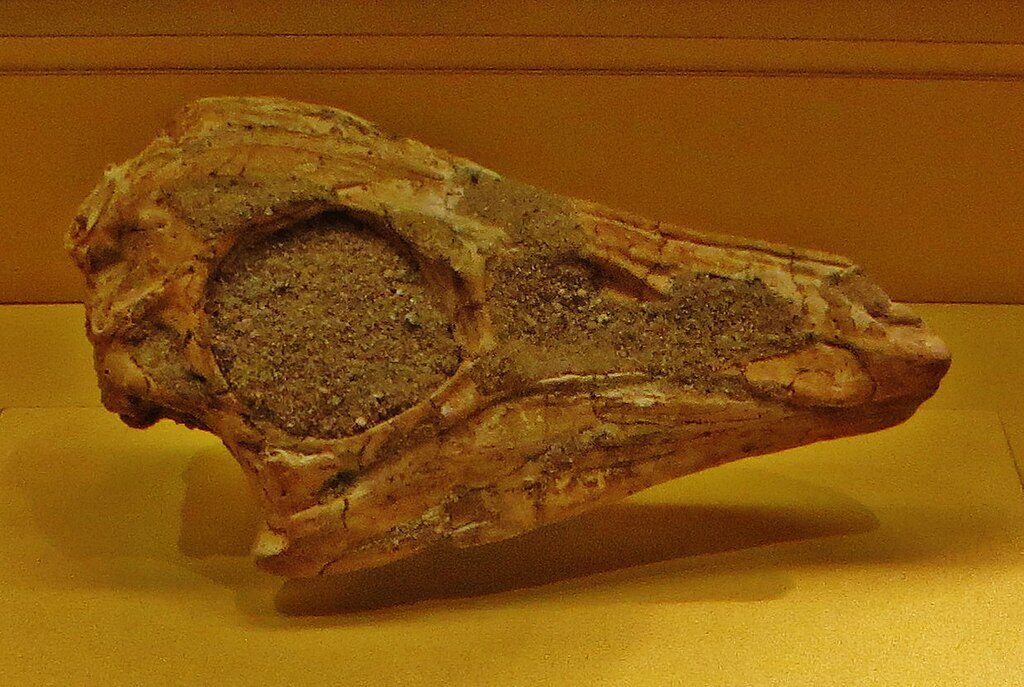
Beyond blinking, dinosaurs likely possessed multiple adaptations to protect their valuable eyes. Many species probably had bony ridges above their eyes, similar to those seen in modern birds, providing physical protection from direct sunlight and physical impacts. These supraorbital ridges are visible in many dinosaur skull fossils, particularly in larger predatory species. Dinosaurs almost certainly possessed the nictitating membrane, allowing them to moisten and clean their eyes while maintaining some visibility, crucial for predators and prey alike. Some dinosaurs may have had specialized scales or skin around their eyes that helped channel away rain, sweat, or debris. Certain aquatic or semi-aquatic dinosaur species might have evolved specialized tear compositions to protect their eyes from saltwater or other environmental irritants. These various protection mechanisms would have worked in concert with blinking to maintain healthy vision, demonstrating the evolutionary importance of eye care across vertebrate species.
Eye Expressions and Dinosaur Communication

Though dinosaurs likely couldn’t cry emotionally or wink as humans do, their eyes may still have played important roles in communication. Pupil dilation, eye movement, and even the positioning of the head to direct gaze are all potential visual signals that dinosaurs might have employed. Many modern birds use eye contact and gaze direction as part of their social communication, suggesting their dinosaur ancestors may have done the same. Larger-brained dinosaurs, particularly social species like many dromaeosaurs, likely had more sophisticated visual communication systems than solitary species. Some dinosaurs had striking eye coloration or surrounding features that may have served display purposes during mating rituals or territorial confrontations. Though these eye-based communications would have differed significantly from mammalian expressions, they could have been equally effective within dinosaur social contexts. The specific eye signals would have varied widely across different dinosaur groups, with social species evolving more complex visual communication systems than solitary ones.
Dinosaur Eye Size and Specialization
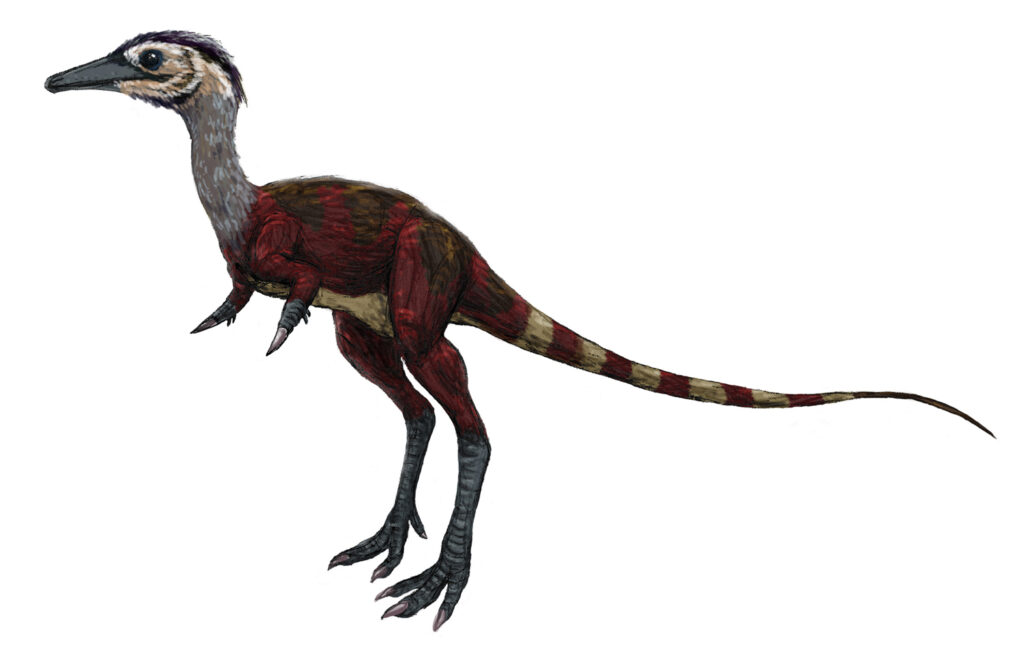
Dinosaurs exhibited remarkable diversity in eye size and specialization, reflecting their varied ecological niches. Nocturnal dinosaur species likely had proportionally larger eyes to gather more light, similar to modern owls and other night-hunting animals. Flying and gliding dinosaurs would have needed exceptional vision for aerial navigation, potentially evolving specialized regions in their retinas for distance perception. Some herbivorous dinosaurs had eyes positioned on the sides of their heads, providing nearly 360-degree vision to spot approaching predators. Predatory dinosaurs often had forward-facing eyes, allowing for better depth perception and precision when hunting. Certain dinosaur species that lived in extreme environments, such as polar regions with seasonal darkness, may have evolved special adaptations for low-light vision. These varied specializations would have influenced not just their visual capabilities but also their blinking patterns and tear production needs, creating a diverse range of dinosaur eye functions across different species.
Comparing Dinosaur and Human Eye Capabilities

Human eyes and dinosaur eyes represent different evolutionary solutions to the challenges of vision. While humans have relatively limited eye movement but exceptional color vision and visual processing, dinosaurs likely had different visual specializations. Many dinosaur species probably had superior motion detection, crucial for both predators spotting prey and prey animals detecting approaching threats. Dinosaurs likely had different color perception than humans, with many species possibly seeing in the ultraviolet spectrum like their bird descendants. The speed of dinosaur blinking was probably different from humans, potentially faster in small, agile species and slower in massive sauropods. Dinosaurs almost certainly lacked the fine facial musculature that allows humans to create subtle expressions around the eyes. The neural processing of visual information likely followed different pathways in dinosaur brains compared to the human visual cortex. These differences highlight how dinosaur vision evolved to meet the specific challenges of their environments rather than following the primate visual model that eventually led to human vision.
Future Research Directions
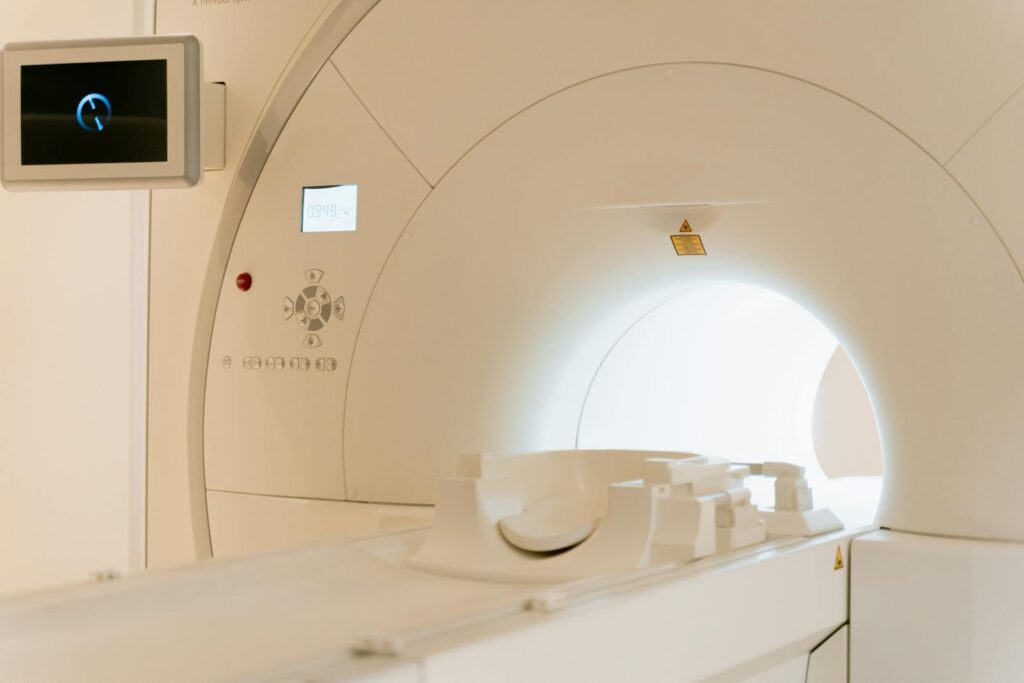
While much about dinosaur eyes remains speculative, advancing technologies offer promising avenues for future research. High-resolution CT scanning of exceptionally preserved fossils might reveal previously undetected eye structures or muscle attachment points around the orbital rim. Comparative studies across living archosaurs (birds and crocodilians) could establish more precise ancestral states for eye features, allowing more confident reconstructions of dinosaur capabilities. Biomechanical modeling using sophisticated computer simulations might help scientists understand how dinosaur eyelids functioned based on skull structure and inferred muscle attachments. Genetic studies of eye development genes in modern birds and reptiles could reveal evolutionary patterns dating back to dinosaur ancestors. New fossil discoveries, particularly those preserving soft tissue impressions or exceptionally detailed skull structures, might provide direct evidence of eyelid structures or tear ducts. These research directions offer hope that future paleontologists will develop a more complete understanding of dinosaur visual capabilities, including more definitive answers about their ability to blink, wink, and produce tears.
Conclusion

The question of whether dinosaurs could wink, blink, or cry leads us through fascinating aspects of comparative anatomy, evolutionary biology, and paleontology. The evidence strongly suggests that dinosaurs could indeed blink, likely having multiple eyelids similar to their living relatives. They almost certainly produced basic tears for eye lubrication and protection, though emotional crying was probably beyond their capabilities. Winking remains more speculative, with the neurological control for such behavior possibly present in more advanced species but far from certain. While we may never have definitive answers to all these questions, the exploration itself provides valuable insights into dinosaur biology and the evolution of vertebrate eye functions. These ancient creatures, though unable to shed emotional tears or wink playfully, possessed sophisticated visual systems adapted to their diverse lifestyles—another testament to the remarkable evolutionary journey that shaped life on Earth.


